Breitbart Business Digest: The Economic Consequences of the Baltimore Catastrophe
The economic consequences of the calamity in Baltimore are likely to be substantial.

The economic consequences of the calamity in Baltimore are likely to be substantial.

Shares of Donald Trump’s social media company surged higher on Tuesday as the company began public trading under the DJT ticker symbol.
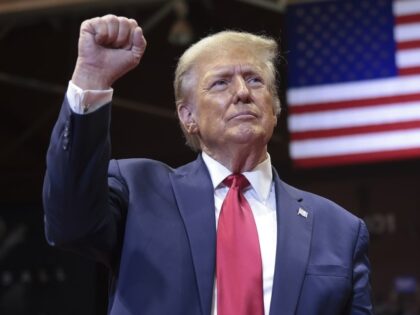
A big supply chain disruption is just what the U.S. economy does not need right now.

Shares of Donald Trump’s media startup catapulted a head-spinning nearly 40 percent in just a single trading session on Monday.

The market greeted the news with a tremendous rally in shares of the combined company.
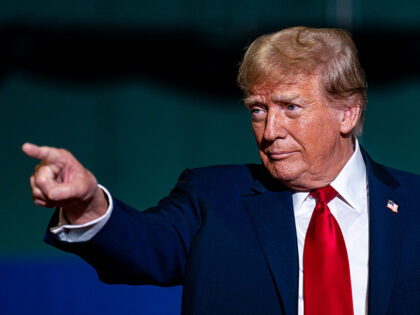
The Chicago’s Fed barometer of economic activity suggests above average growth in February.

Shares jumped higher on Monday after the deal to acquire Truth Social’s parent was a approved and a New York appeals court reduced the amount Donald Trump would have to pay to appeal N.Y. Attorney General Letitia James’ case against him.

The shareholders of Digital World Acquisition Corp on Monday boldly aligned their fortunes with Donald Trump’s Truth Social, ratifying a pact poised to endow the erstwhile and potentially returning commander-in-chief with a bounty verging on $3 billion.

Women do not just disapprove of Biden on the economy. They really, really disapprove. Forty-percent say they “strongly disapprove.”
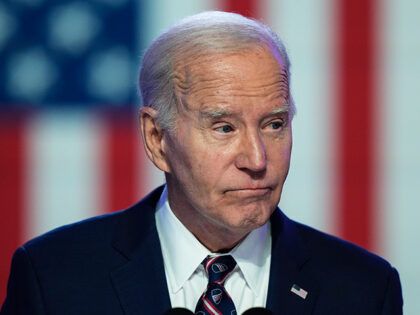
The latest dispatch from the Federal Reserve left the expected path of interest rates over the next year unchanged. Yet it hinted at a potentially tumultuous shift beneath the calm facade, a shift to a higher rate of interest over the long term.
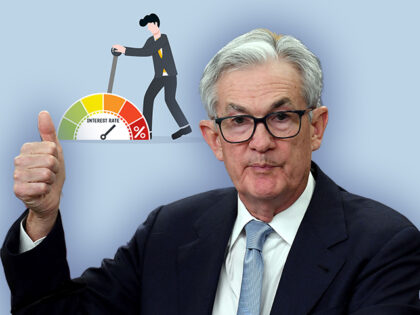
The number of people being thrown off of payrolls and onto unemployment remains very low.
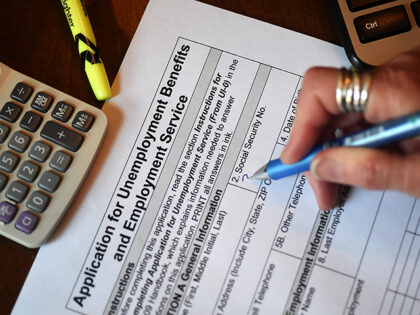
Manufacturing and residential construction were key drivers in the unexpected rise in the closely watched index of leading indicators.
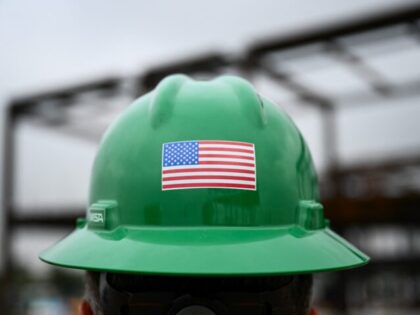
Joe Biden’s recent thumbs down on the Nippon-U.S. Steel marriage was met with the predictable shrieks of “protectionism” from self-styled free-market pundits.
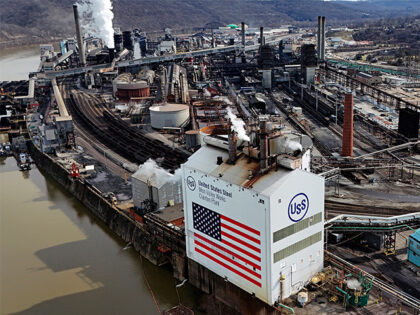
Fed officials now expect it will take slightly higher interest rates to get inflation down to their two percent target and to keep it there.

Fed officials continue to expect three cuts this year while saying they need move evidence inflation is headed lower before they start cutting.

It’s getting harder each day to avoid the conclusion that the Federal Reserve’s supposedly tight leash on the economy might be more of a myth than a reality.

After the downturn in January, February saw explosive growth in residential construction.

Despite the Fed’s belief that monetary policy is restrictive, the U.S. economy was frolicking along at a robust four percent growth rate in the latter half of the previous annum.

The fourth consecutive monthly gain pushed the homebuilder sentiment index into positive territory for the first time since last year.

Perhaps some of the courage of the patron saint of Ireland will inspire our central bankers.
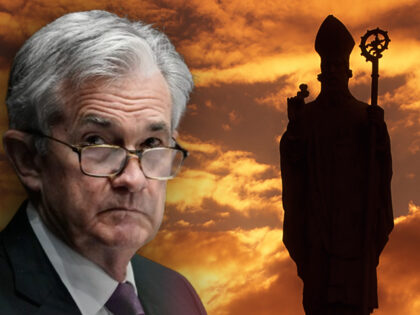
Factory output is down from a year ago but mining—including oil and gas drilling—is up.
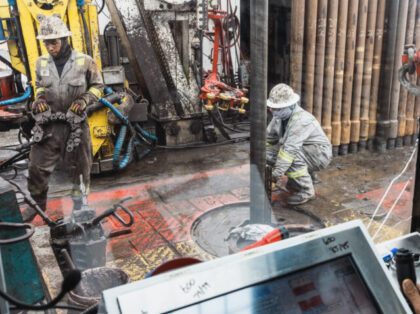
Immigration is not going to bail America out of our inflation mess.

Jobless claims this year have been below last year’s average, indicating that the labor market is not softening.
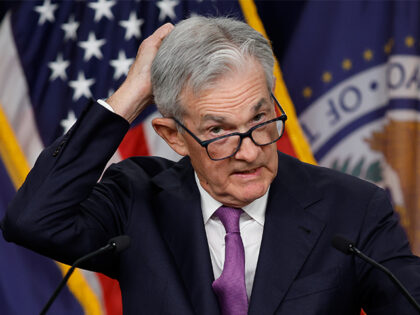
The producer price index, a key gauge of inflation, surged higher in February, confirming that the pace of inflation has accelerated as the new year has got underway.
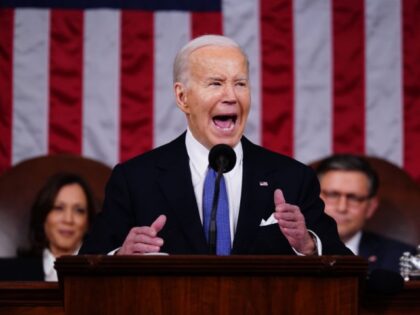
President Joe Biden’s attempt to convince America that Bidenomics is a blessing is not working —especially among younger Americans.

Inflation is re-igniting, and there is a danger of significant overheating. This should keep the Fed from cutting interest rates in June or July—and very likely for the rest of the year.
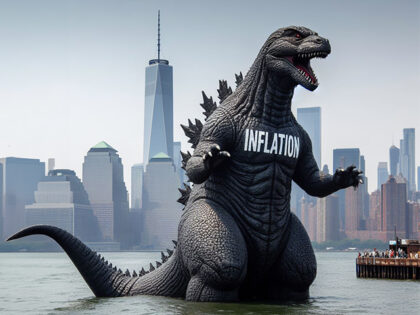
Biden’s reckless spending program contributed to inflation, triggering a two-quarter downturn in the economy a year after the American Rescue Plan was signed.
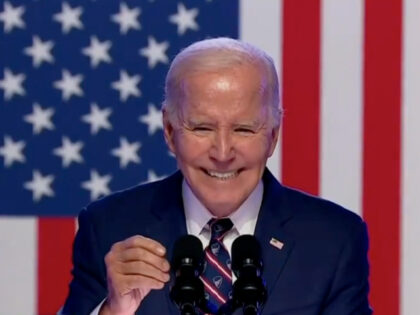
In a major setback for the Biden administration and the Federal Reserve, inflation is proving stubborn and is rising again.
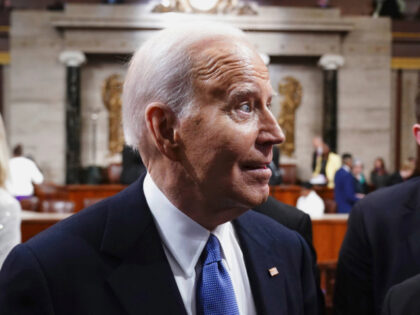
Last week’s inconclusive jobs data means that this week’s inflation data has the potential to be very consequential.
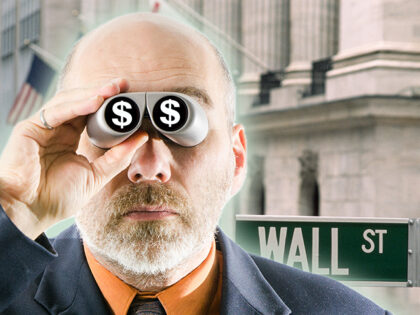
The February jobs numbers should be seen as an economic Rorschach test. What you see in the ink blots released by the Department of Labor largely depends on what you were already inclined to see.
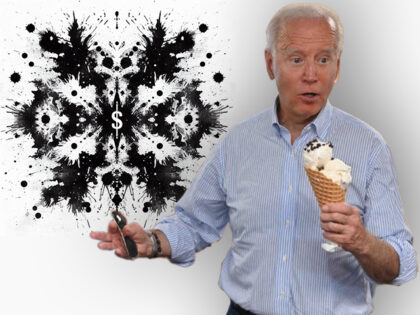
But January’s huge number was revised down from 353,000 to 229,000.
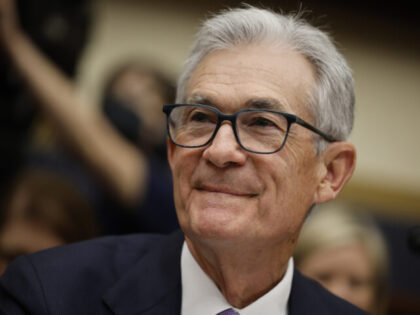
Biden inherited an economy that was on the mend in 2021.
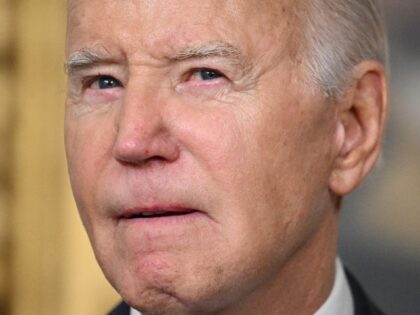
Both major measures of consumer confidence declined in February. The Conference Board’s expectations index is below the level that often signals a recession.
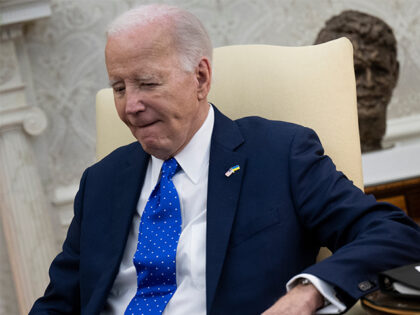
The trade deficit has been higher in each year of Biden’s presidency than it was under any of his predecessors.

Perhaps the biggest challenge for Biden’s attempt to sell Americans on Bidenomics is not just that the inflation-inflicted wounds of the last few years are still fresh. It’s that they can remember that things were better when Trump was president.
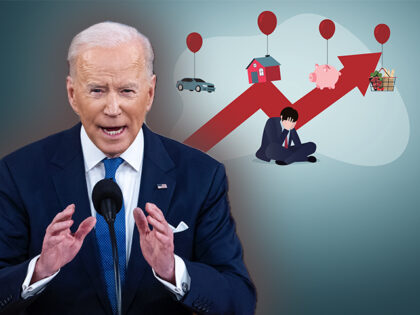
Fed Chair Jerome Powell pointedly declined to defend the establishment view that immigration is a boon for the economy and more immigration even better.

Private payroll growth accelerated and so did wage gains for workers who changed jobs.
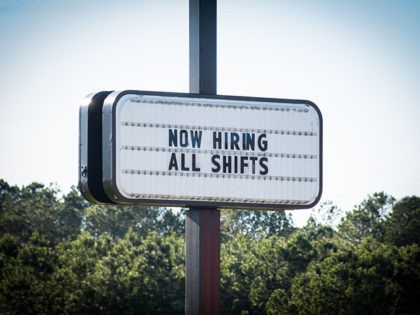
Job openings, hires, and quits all indicate a strong labor market, putting the case for interest rate cuts into doubt.
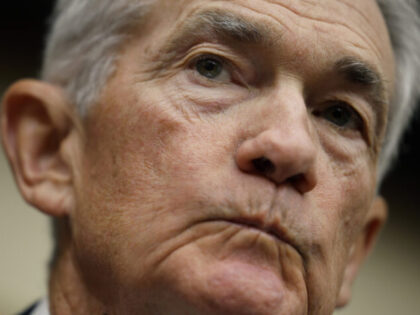
The American economy finds itself awash in the newfound bloom of economic springtime.

The ISM and S&P Global surveys indicate strong growth in the sector even as employment weakened.
